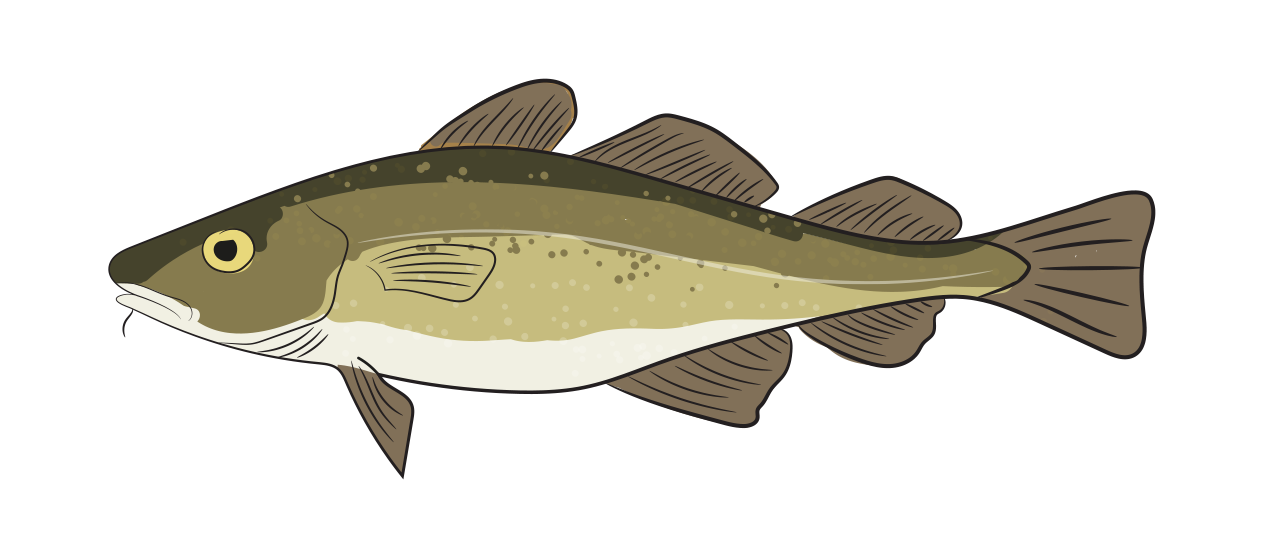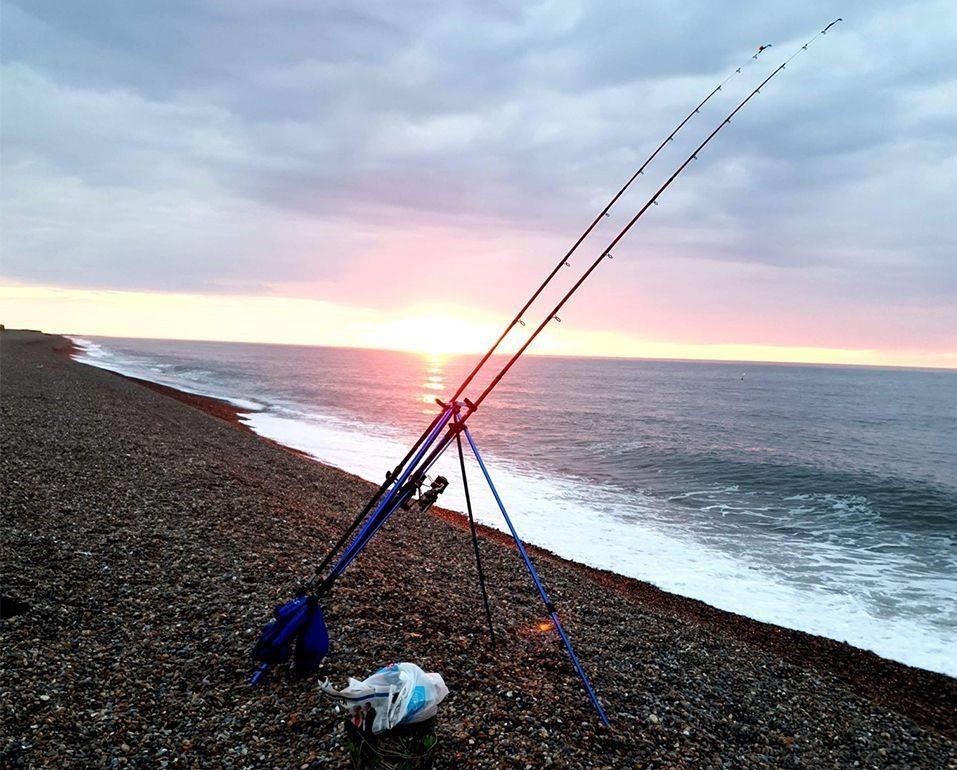Cod | Fish Species Guide | Angling Direct

Cod
aka Gadus morhua
A favourite from the North Atlantic, cod are known for its small barbel that extends from its chin to its whiskers. Situated mostly of the seafloor and up in the water column, the Atlantic cod Th lives in colder waters on both sides of the Atlantic; from Europeans to North America. With a large head and mouth, Cod tend to be greenish/ grey and boast a white underbelly and a lateral line of scales that curves upwards towards its 3 dorsal fins.
An important feature of the cod is its white lateral line, which extends from the base of the tail to the gill slit. This line senses vibration, motion, and pressure in the surrounding water to help cod detect mostly prey but occassionally bigger predators.
Stats
Status
Habitat
Steep beaches, cliffs over sand or offshore in 600m deep waters.
Bait
Worms, prawns, shellfish, crabs, lobsters, octopus & smaller fish.
Native or Invasive
Native
Where
Across the Atlantic, North Sea and in deep UK and European waters. Some move to Scandinavian waters in the summer.
 Catch Experience
Catch Experience
Video
Blog Highlight
National Marine Week – Top 5 Sea Fishing Tips
With the sun shining and the family likely wanting to head to the beach, why not make the most of a visit to the coastline and bring those sea fishing rods along! Sea fishing is probably the most accessible; it's usually totally free around our...
Read More